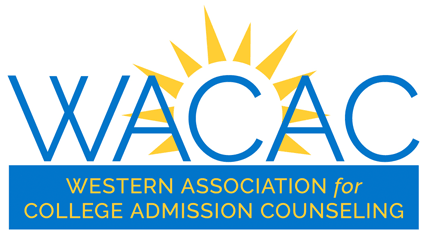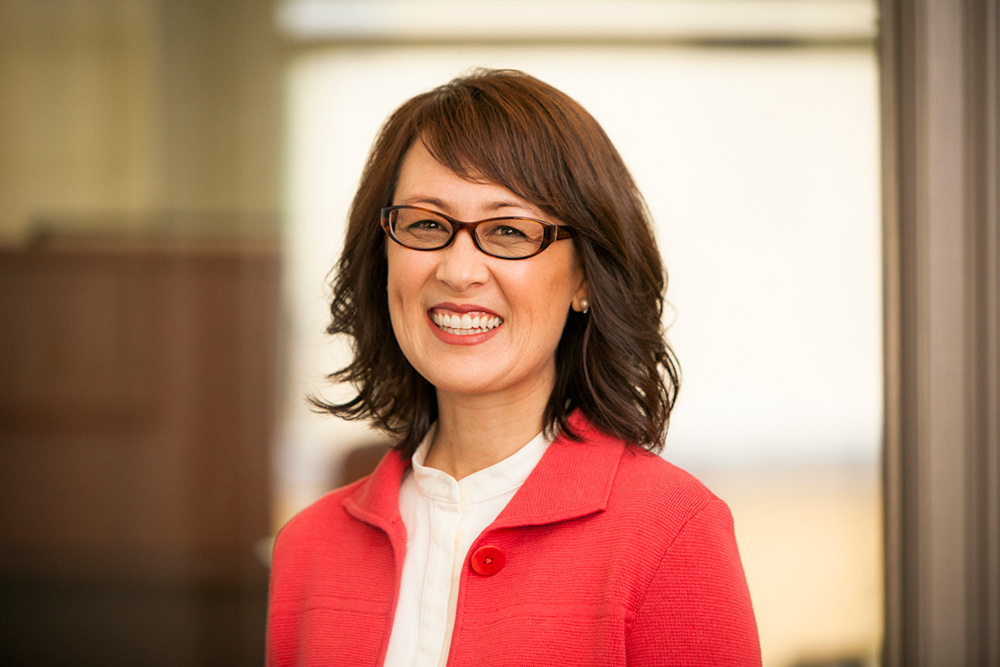The fourth in a series of posts dedicated to a deeper-than-usual dive into the college admissions process.
By Jenny Umhofer
Race and education have always been a combustible mix in the United States. And that explosive potential has always been higher in higher education.
Education has been called “the great equalizer”—a powerful means for individuals to rise above their station and enter fully into society. Throughout our nation’s history, disadvantaged groups have looked to education as a means of escaping class limitations and systemic oppression. While the Emancipation Proclamation announced an end to slavery, it was not until nearly 100 years later, when the Supreme Court decided Brown v. Board of Education, that the push to fully integrate descendants of slaves into society gathered steam.
But the problem of race in higher education goes back even farther than the civil war. Venerable institutions like Harvard got their start 300 years ago as selective post-secondary schools that catered to society’s white elites. As discussed in my first blog in this series, as early public schools began to churn out more and more qualified college candidates of color, many colleges developed admissions policies designed to keep certain races and ethnicities out.
As the homogeneity of major colleges and universities persisted, some racial and ethnic groups responded by creating institutions of higher learning that catered to their own. Catholics—heavily discriminated against in the colonial era—formed their own colleges, like Notre Dame and Georgetown, which were denigrated as “Catholic ghettoes” before rising to prominence in the 20th century. Historic black colleges such as Howard and Morehouse opened educational doors to African-American students that were often closed—or barely open—at other institutions.
While top universities admitted the occasional student of color—Harvard did so for the first time just after the civil war—it was not until the civil rights movement that racial admissions practices at top universities began to change in earnest. Many universities began employing race-conscious admissions preferences—some called them “quotas”—to increase student diversity. These inclusive college admissions policies came under attack in the Supreme Court, leading to a string of conflicting decisions over the ensuing decades, most of them brought by white students claiming that race-conscious admissions violated their constitutional rights. Just last year, the Supreme Court heard argument in the latest of that string of cases, during which the late Justice Scalia suggested that black students would be better off going to “slower-track schools where they do well” instead of top institutions.
Despite Justice Scalia’s controversial comments, the Supreme Court decisions have recognized that schools have a compelling interest in a diverse student body. Just how to achieve that diversity, however, remains a hotly contested topic. In states where courts have forbidden public universities from considering applicants’ race, minority student populations have plummeted. Moreover, even when students of color are admitted, retention rates remain low among some minorities. Many public colleges and universities have developed targeted outreach programs to assist minority high school students in the college admissions process, and provide comprehensive support once they are admitted.
Despite all these efforts, racism continues to persist in college admissions, even among so-called “model minorities.” In recent years, published articles have pilloried places like Princeton and Yale for admitting far fewer Asian students that they should—statistics indicate that Asian applicants are being admitted at only half the rate warranted by their grades and scores.
This messy past and present reveals a paradox—college admissions is built upon recognizing differences among students, but often stumbles when dealing with racial differences. But as the “great equalizer,” higher education carries the capacity to find ways to both embrace and overcome these differences.
Indeed, in some quarters, it is already happening. In 2014, Harvard admitted more black students than it ever had before, both in terms of raw numbers and percentage of admissions. In the same year, for the first time ever, the University of California as a whole accepted more Hispanic students than white students.
What’s happened at one particular college in Pennsylvania bears closer examination. Franklin & Marshall—historically one of the least diverse colleges in the country—has transformed itself through admissions policies focused on low-income students. It has created partnerships with high-performing charter schools and community-based organizations, initiated summer programs aimed at transitioning high school students into college, and growing robust advising and academic support systems to help students adjust to the rigors of college life. The results have been astounding—the diversity of the student body has increased rapidly, as the school has attracted black and Hispanic students from throughout the nation. The school’s transition away from merit-based aid and its shift of resources toward aid to low-income students has been a key element of its efforts to increase diversity.
Franklin & Marshall didn’t just stumble on this. Its transformation was the result of a strategic, concerted, sustained effort from the university’s leadership, with buy-in from trustees, donors, faculty, and students. But it is this kind of success story that demonstrates the power of education to defuse even a problem as combustible as race.


I guess I would like the data you refer to in regards to increase of admissions of students of color to be more disaggregated. Latinos represent the largest group of school age students in most large districts increase in college admits is marginal. The data does not distinguish between Black American students and African immigrant students, a growing population, that is combined under the category of African American and gives a false representation of improved admissions for Blacks.
Asian students as well are unfairly lumped together while they represent a vast number of individual ethnicities that are woefully under represented (Cambodian, Vietnamese, etc).
When examining the admissions results I struggle to accept the categories as true representations of admissions increases.
As many institutions of higher education work to improve access to under represented students, I find the institutional agents (counselors) are often overlooked and left out of the process of admissions education. In this regard I speak from experience. Counselors, that work in school systems with high populations of students of color and/or from low income areas, are the best resource for assisting students with admissions and persistence.
Information on accessing elite universities has always been inequitable and guarded. Invite counselors to the “country club” of college admissions, the more we know the better we can serve our students.
Thanks very much for your thoughtful comments, Candyce. You’re right — the data on race in college can be imprecise and difficult to parse. We need better data to really understand where progress is being made and where it isn’t. You’re also right about counselors being a critical resource in any real effort to recruit more students of color, and to better understand the issues of race in college admissions.